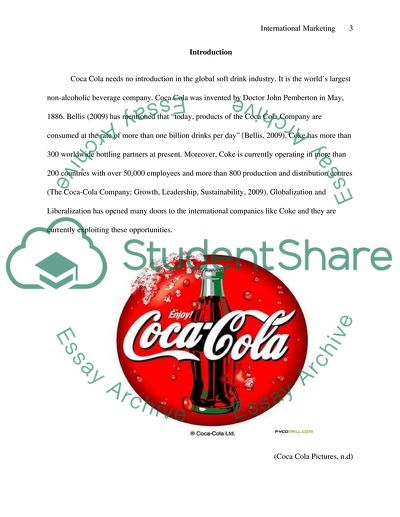Cite this document
(Potential Market for the Coca-Cola Product in Bulgaria and Spain Report, n.d.)
Potential Market for the Coca-Cola Product in Bulgaria and Spain Report. https://studentshare.org/marketing/1569274-international-marketing-management
Potential Market for the Coca-Cola Product in Bulgaria and Spain Report. https://studentshare.org/marketing/1569274-international-marketing-management
(Potential Market for the Coca-Cola Product in Bulgaria and Spain Report)
Potential Market for the Coca-Cola Product in Bulgaria and Spain Report. https://studentshare.org/marketing/1569274-international-marketing-management.
Potential Market for the Coca-Cola Product in Bulgaria and Spain Report. https://studentshare.org/marketing/1569274-international-marketing-management.
“Potential Market for the Coca-Cola Product in Bulgaria and Spain Report”. https://studentshare.org/marketing/1569274-international-marketing-management.


